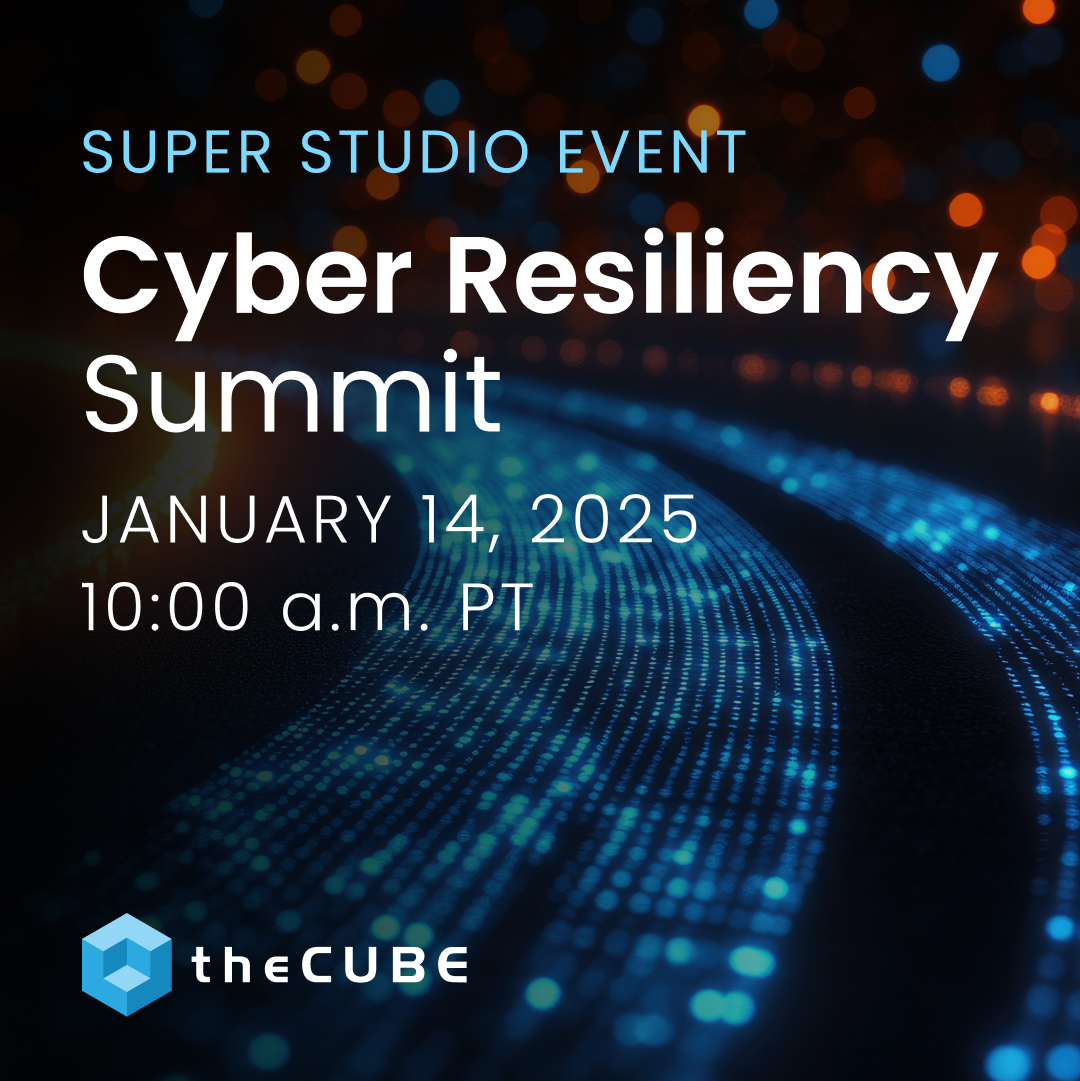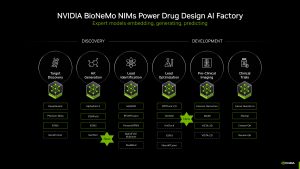Top Trends Driving Converged Infrastructure Adoption + Evolution
![]() Spending on converged infrastructure is expected to exceed $17 billion by 2016, so it’s no wonder top vendors are pouring resources into expanding their product portfolios around this unified technology. The data center of the future will have to be smarter and more efficient, minimizing management and points of access. That means machines will need to speak to each other, act on that automated communication, and provide deeper insight for the IT department.
Spending on converged infrastructure is expected to exceed $17 billion by 2016, so it’s no wonder top vendors are pouring resources into expanding their product portfolios around this unified technology. The data center of the future will have to be smarter and more efficient, minimizing management and points of access. That means machines will need to speak to each other, act on that automated communication, and provide deeper insight for the IT department.
“By buying applications, servers, networking and storage together as pre-integrated or validated solutions rather than as individual components, they can meet all three of these requirements and keep IT assets within the datacenter,” writes NetApp in a recent report on the perks of converged infrastructure.
Impacting every aspect of the data center, converged infrastructure is especially important at the storage level. NetApp’s solution is FlexPod, the result of a close partnership with networking equipment provider, Cisco. As the name suggests, FlexPod is a flexible collection of components from NetApp, Cisco and VMware, with a pre-validated design that allows you to scale. The benefits are decreased cost, improved operations and speedier time to service — all the perks you want in a converged infrastructure offering.
Below is a Q&A with NetApp’s Adam Fore, Director of Virtualization and Cloud Solutions Marketing. Fore speaks on customer buying patterns that are driving the adoption of converged infrastructure, the areas NetApp sees the most traction, and the ways in which he sees this space evolving.
What are you seeing in customer buying patterns that are driving adoption of converged infrastructure solutions?
The rise of cloud and cloud-enabled infrastructures is having a major impact on buying patterns. Customers like cloud for the flexibility they get from standardized resource pools, which can be dynamically applied across supported workloads to meet changing business needs. They can further standardize data center resources with infrastructure virtualization, which abstracts any differences in the infrastructure. Workloads in virtualized multi-tenant environments, however, can be difficult to architect and size. Companies often lack the advanced skills to design a complete virtualized infrastructure spanning compute, network, and storage. Pre-designed converged infrastructure solutions make it much easier to meet workload requirements as integration, interoperability, cloud automation and capacity questions are addressed ahead of time.
Where do you see the most traction now?
![]() Companies that are investing in data center transformation that have committed to software-defined technologies, are seeing the value of converged infrastructure solutions now. They are evaluating all components at every layer of the data center, with a goal to achieve overall optimization of those components. Success depends on having a complete vision for the data center and the expertise to deliver against it. Since this kind of architectural experience is not universally available, a pre-integrated stack offers an ideal solution.
Companies that are investing in data center transformation that have committed to software-defined technologies, are seeing the value of converged infrastructure solutions now. They are evaluating all components at every layer of the data center, with a goal to achieve overall optimization of those components. Success depends on having a complete vision for the data center and the expertise to deliver against it. Since this kind of architectural experience is not universally available, a pre-integrated stack offers an ideal solution.
What are some of the different approaches for converged infrastructure?
There are two basic approaches for converged infrastructure:
- A single vendor owns all technology, effectively bundles it, tests it, and then delivers a solution.
- Multiple vendors collaborate to deliver a validated solution with best-of-breed products, delivered with a unified design, support and roadmap strategy along with assembly, integration and test done before it arrives at the customer.
However, what’s more important than who delivers the solution is how it is delivered. Some converged infrastructure offerings are highly prescriptive and pre-packaged. These solutions provide absolute answers to IT departments regarding cost, capacity and components. These solutions tend to be inflexible and are unlikely to effectively support changing business needs.
The alternative is a flexible reference architecture that can adapt, within a defined set of best practices, to accommodate precise business requirements. This allows an IT department to build a “semi-custom” data center solution with only the components they require. This approach reduces unnecessary spending and allows a company to easily scale IT up or down as business needs change.
How do you see converged infrastructure evolving?
As the software-defined model matures, it will extend to address more aspects of a company’s IT environment, including remote offices, multiple data centers, and even public cloud resources. Converged infrastructures will evolve into end-to-end, flexible solutions that can meet the needs of the entire organization. Customers also want solutions that can be tailored for their environments, whether enterprise, medium and small business, (MSB), service provider, or industry-specific, such as healthcare. Meeting this broader set of needs will require on open infrastructure platform that can support and manage a wide range of workloads across virtualized, non-virtualized and cloud infrastructures.
What should specific customers –MSBs, enterprises, and service providers – look for in a converged infrastructure solution?
Organizations of all sizes want greater efficiency and agility, and lower cost and risk. However, infrastructure needs and business models vary widely, impacting IT decisions.
Enterprises need a data center infrastructure that takes into account the migration needs of specialized applications – often unvirtualized – that are transitioning to the cloud. Instead of rigid standardized solutions, they’re looking for converged infrastructures that can be easily tailored. Enterprises place a premium on nondisruptive operations since availability of their mission-critical apps and data is key to success.
Medium and small businesses prefer standardized configurations with as much prepackaging as possible. Generalist IT staff get great benefit from a pre-integrated, well tested, and clearly documented solution that can be deployed quickly and simply. Also, these organizations do not require (or wish to pay for) features that are designed for massive-scale data centers. The key data center solution for these IT departments will be simple, with a clear path to a larger data center architecture when the company requirements expand.
Service providers are focused on delivering cloud infrastructure and have their own cloud orchestration tools. As such, they need an open framework that works with a broad set of cloud management tools. They also require underlying technologies that enable multi-tenant deployments that are secure, high-performance, and simple to manage. Because provisioning is a constant effort for service providers as they add customers and services, self-service cloud offerings are key.
photo credit: tanakawho via photopin cc
A message from John Furrier, co-founder of SiliconANGLE:
Your vote of support is important to us and it helps us keep the content FREE.
One click below supports our mission to provide free, deep, and relevant content.
Join our community on YouTube
Join the community that includes more than 15,000 #CubeAlumni experts, including Amazon.com CEO Andy Jassy, Dell Technologies founder and CEO Michael Dell, Intel CEO Pat Gelsinger, and many more luminaries and experts.
THANK YOU













